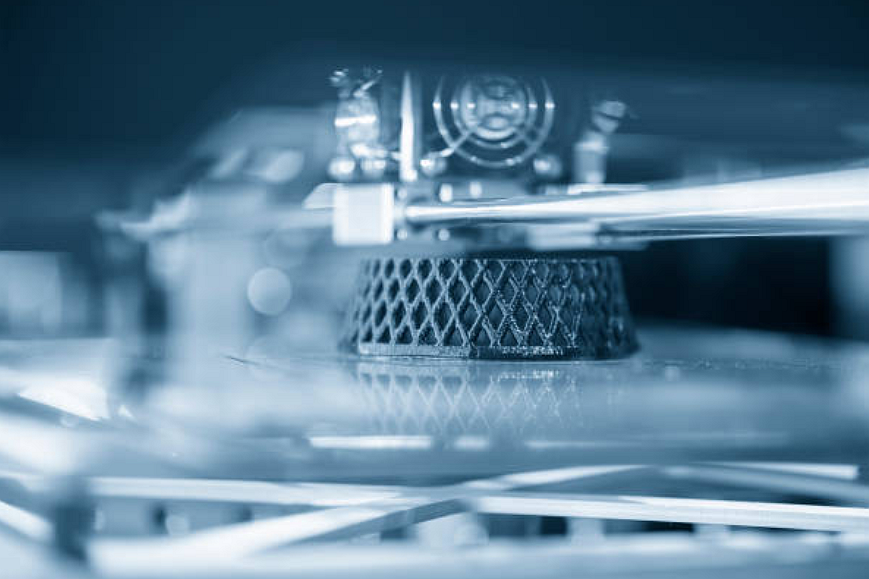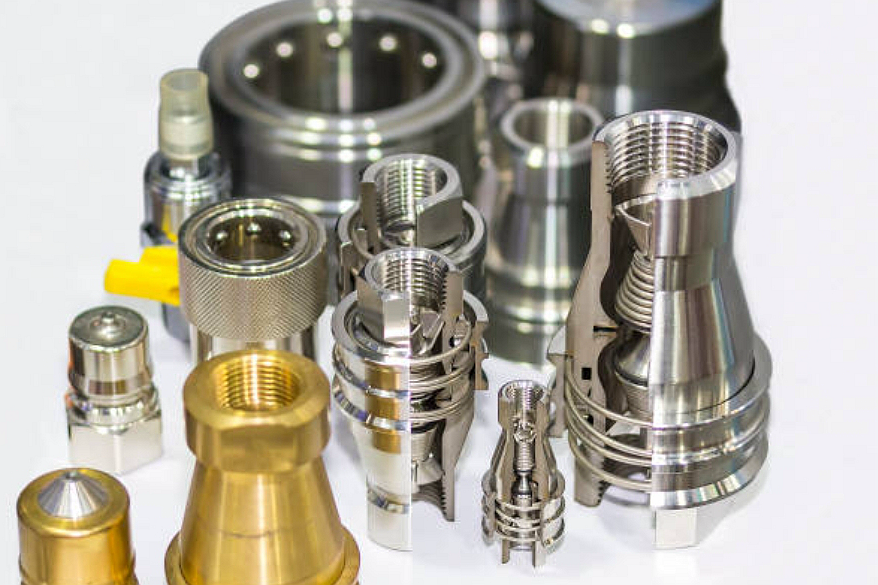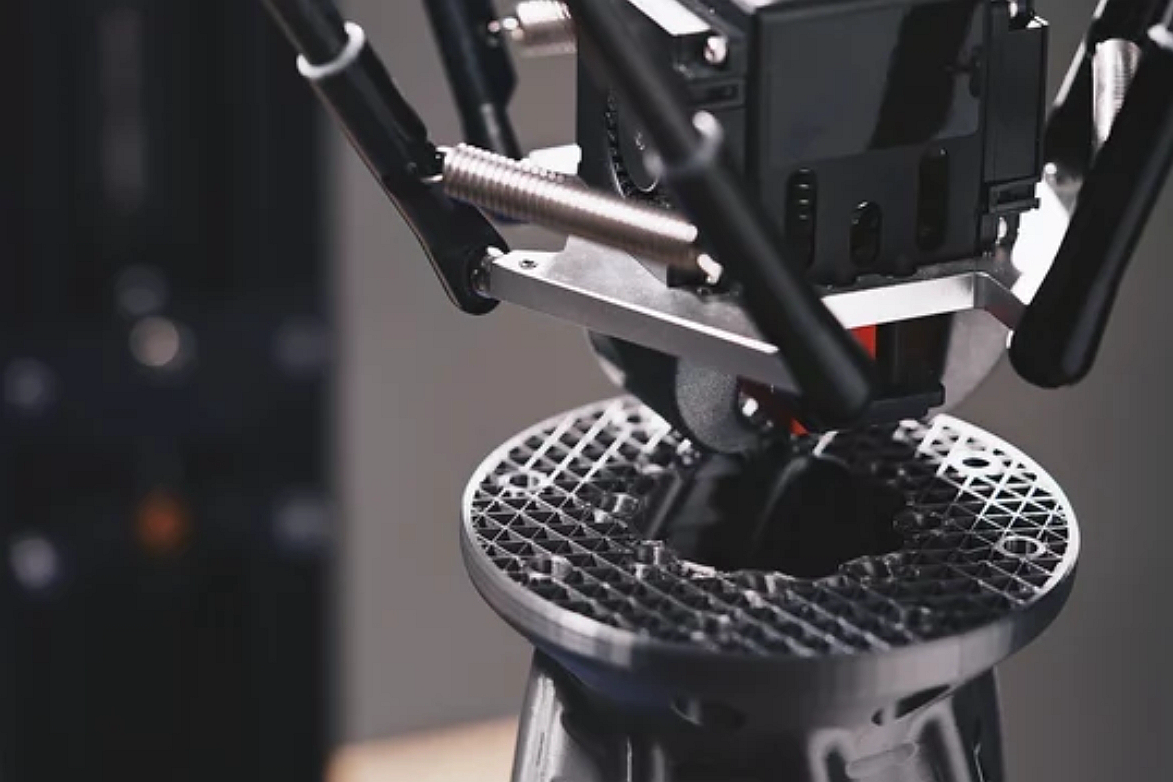Rene 88DT
Basic description of Rene 88DT Powder
Rene 88DT powder is a nickel-based superalloy known for its exceptional strength at high temperatures, resistance to oxidation and corrosion, and excellent creep-rupture strength. Developed for high-temperature applications, this alloy combines durability with resistance to thermal degradation, making it an ideal choice for advanced manufacturing processes such as additive manufacturing (3D printing), where its properties can be fully utilized to produce components with complex geometries and superior performance characteristics.
Rene 88DT Similar grades
Similar high-temperature nickel-based superalloys include:
Rene 41: Known for its high-temperature strength and stability, Rene 41 is used in aerospace and gas turbine applications, offering excellent resistance to creep and oxidation.
Inconel 718: A widely used superalloy with a good balance of strength, corrosion resistance, and weldability at high temperatures, making it suitable for various aerospace and energy applications.
Waspaloy: Another nickel-based superalloy, Waspaloy offers high strength at elevated temperatures and is commonly used in gas turbine engine parts and other high-temperature components.
Udimet 500: Characterized by high-temperature strength and corrosion resistance, Udimet 500 is used in aerospace engine components and other applications requiring excellent mechanical properties at elevated temperatures.
Applications
Rene 88DT powder, with its exceptional high-temperature strength and corrosion resistance, is tailored for demanding applications across various industries. Its unique combination of durability and resistance to thermal degradation enables it to excel in environments that require superior performance characteristics. Here's an in-depth look at specific applications of Rene 88DT:
1. Aerospace Components: Rene 88DT is extensively used in the aerospace industry to manufacture critical engine components such as turbine disks, blades, and other parts requiring high strength at elevated temperatures. Its excellent creep-rupture strength makes it ideal for use in hot sections of jet engines.
2. Power Generation Turbines: Rene 88DT produces turbine components for power generation applications in the energy sector. Its resistance to high-temperature corrosion and oxidation ensures reliability and longevity in the challenging conditions of power plants.
3. Industrial Gas Turbines: Similar to its applications in power generation, Rene 88DT is used in industrial gas turbines for parts subjected to high temperatures and stress, ensuring efficient operation and durability of the turbines in various industrial settings.
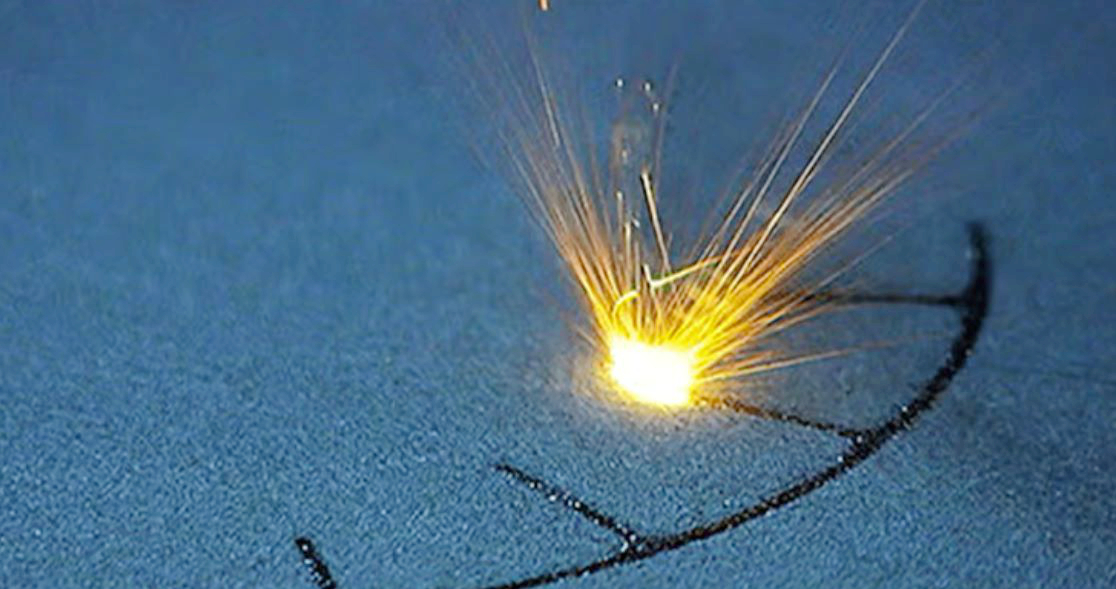
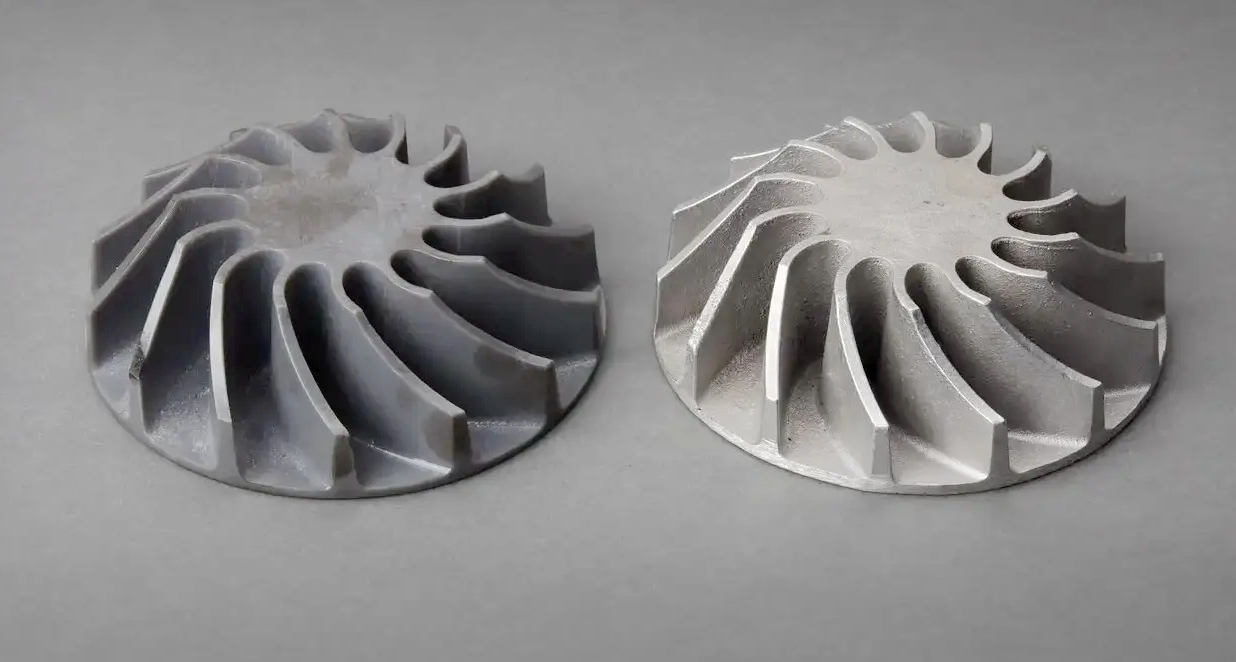
4. Automotive Turbochargers: The alloy's high-temperature strength and resistance to thermal fatigue make it suitable for automotive turbocharger components, where materials must withstand extreme temperatures and dynamic stress conditions.
5. Rocket Engine Components: Rene 88DT's exceptional mechanical properties at high temperatures also make it a candidate for components in rocket engines, where materials are exposed to extreme thermal and mechanical stresses during launch and operation.
6. High-Performance Fasteners: The alloy manufactures high-performance fasteners that require high strength and resistance to loosening under high temperatures and vibratory loads, joint in aerospace and automotive applications.
Rene 88DT Composition and Properties
Rene 88DT is a precipitation-hardened nickel-based superalloy known for its exceptional combination of high-temperature strength, toughness, and resistance to oxidation and corrosion. Its composition is precisely engineered to meet the demanding requirements of high-temperature industrial applications.
Composition:
The chemical composition of Rene 88DT includes:
Nickel (Ni): The base provides overall corrosion resistance and forms the alloy matrix.
Chromium (Cr): Approximately 16%, offering excellent oxidation resistance and contributing to corrosion resistance.
Cobalt (Co): Around 15%, enhancing the alloy's strength at elevated temperatures.
Titanium (Ti): About 3.5%, critical for precipitation hardening and improving creep resistance.
Aluminum (Al): Roughly 2.9% also contributes to age-hardening and increases oxidation resistance.
Molybdenum (Mo): Around 4%, enhancing high-temperature strength and resistance to creep.
Tungsten (W) and Tantalum (Ta): Present in smaller amounts, these elements further improve the alloy's mechanical strength and thermal stability.
Boron (B) and Zirconium (Zr): Trace amounts are added to refine the grain size and improve the alloy's ductility and toughness.
Properties:
This unique composition endows Rene 88DT with a set of properties tailored for challenging applications:
High-Temperature Strength: Maintains exceptional strength and stability at elevated temperatures, making it ideal for jet engine and gas turbine components.
Excellent Creep Resistance: The presence of titanium and aluminum contributes to outstanding creep resistance, essential for parts subjected to high stress at high temperatures over long periods.
Good Oxidation and Corrosion Resistance: Chromium and aluminum provide strong oxidation and corrosion resistance, essential for longevity and reliability in harsh environments.
Toughness: Rene 88DT exhibits excellent toughness, reducing the likelihood of brittle failure under stress.
Weldability: While somewhat challenging due to its high strength, Rene 88DT can be welded with appropriate techniques, allowing for the fabrication of complex assemblies.
Applications Stemming from Composition and Properties:
Given its high-temperature capabilities, mechanical properties, and resistance to environmental degradation, Rene 88DT is widely used in aerospace for turbine disks and blades, power generation turbines, automotive turbochargers, and other applications requiring materials that can withstand extreme conditions. Its alloy composition ensures that components made from Rene 88DT can perform reliably under severe conditions such as high stress, temperature, and corrosive environments, enhancing efficiency and safety across various industries.
Powder Characteristics
The effectiveness of Rene 88DT in manufacturing, particularly in techniques such as additive manufacturing (3D printing), metal injection molding (MIM), and powder compression molding (PCM), is significantly influenced by the specific characteristics of its powder form. These characteristics ensure the manufacturing process yields components with the desired mechanical properties and high-quality surface finishes.
Yield Strength:
Yield strength indicates the stress at which a material begins to deform plastically. Rene 88DT parts typically exhibit a yield strength of 160,000 to 200,000 psi, reflecting the material's capability to withstand significant stress before experiencing permanent deformation. It is crucial for components used in high-stress applications, particularly at elevated temperatures.
Tensile Strength:
Tensile strength represents the maximum stress a material can withstand while being stretched or pulled before breaking. Parts made from Rene 88DT powder can achieve tensile strengths of approximately 180,000 to 240,000 psi, indicating high durability and performance under tensile loads. This strength is essential for aerospace and power generation components where mechanical integrity is paramount.
Elongation:
Elongation measures the elasticity of a material or how much it can stretch before it breaks. Manufactured parts from Rene 88DT typically show an elongation range of 10% to 15%, demonstrating moderate ductility. It allows components to absorb energy and withstand impacts, making them suitable for various industrial applications.
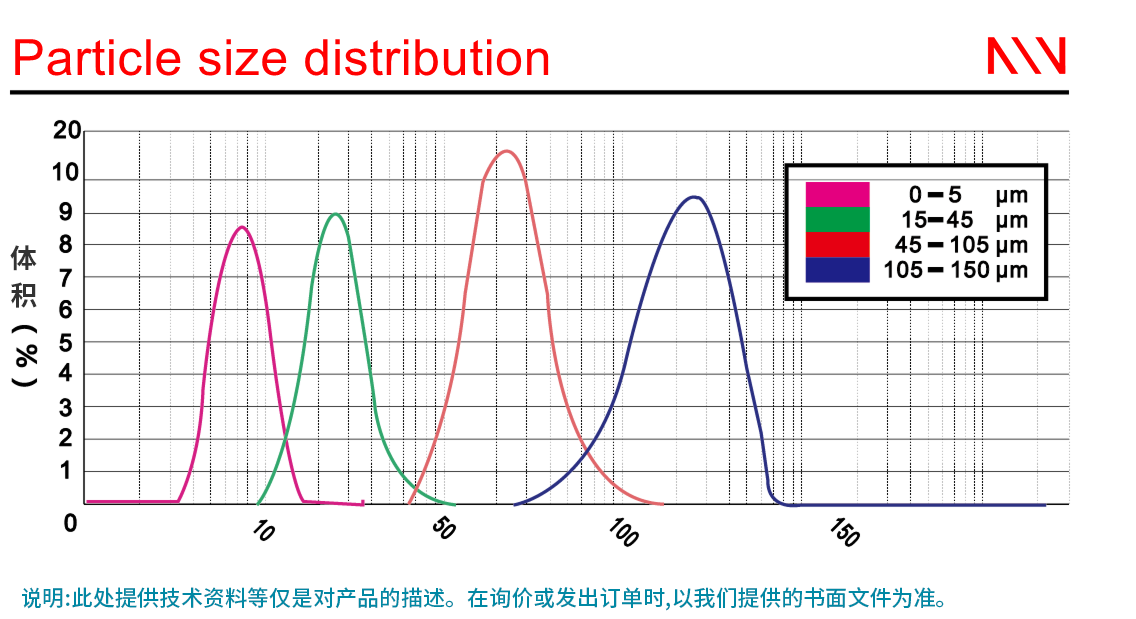
Rene 88DT Physical Properties
The physical properties of Rene 88DT powder are essential for its application in various manufacturing processes and significantly influence the performance of the final manufactured components. These properties ensure the alloy's suitability for high-temperature applications where mechanical integrity and resistance to environmental degradation are crucial.
Density:
Rene 88DT has a density of approximately 8.2 g/cm³, reflecting the compactness of its atomic structure. This high density is crucial for manufacturing components with minimal porosity, enhancing their strength and durability, particularly in environments requiring high-temperature performance and corrosion resistance.
Hardness:
Components manufactured from Rene 88DT powder exhibit significant hardness, contributing to their resistance to wear and mechanical durability. This property is precious in applications where components are exposed to abrasive conditions, ensuring longevity and reliability.
Specific Surface Area:
The specific surface area of Rene 88DT powder influences its reactivity and sinterability. A higher specific surface area allows for more effective sintering, leading to more substantial, denser parts. This characteristic is essential for additive manufacturing and metal injection molding (MIM) processes, where part integrity and mechanical properties are critical.
Sphericity:
The sphericity of the powder particles affects their flowability and packing density, which are essential factors for achieving uniformity and consistency in manufactured parts. High sphericity ensures smooth flow through processing equipment and uniform layering or packing, which is crucial for manufacturing accuracy and repeatability in 3D printing and MIM processes.
Bulk Density:
Rene 88DT powder's bulk density impacts the efficiency of powder handling and the quality of the final part. An optimized bulk density promotes easy handling and efficient compaction, essential for achieving uniform part density and optimal mechanical properties.
Melting Point:
Rene 88DT has a melting point suitable for the specific manufacturing processes it undergoes, typically around 1315°C to 1350°C (2400°F to 2460°F). This property ensures the material's stability and performance during high-temperature applications, which is crucial for 3D printing, casting, and sintering.
Relative Density:
After processing, the relative density of parts can reach near theoretical density, which is crucial for achieving optimal mechanical strength and minimizing porosity, thereby enhancing component performance in demanding environments.
Recommended Layer Thickness:
For additive manufacturing processes, the optimal layer thickness of Rene 88DT powder ensures fine detail without compromising structural integrity, balancing resolution with build time efficiently.
Thermal Expansion Coefficient:
The alloy exhibits a thermal expansion coefficient that ensures compatibility with other materials in composite structures, maintaining dimensional stability across a wide temperature range.
Thermal Conductivity:
Its thermal conductivity allows for efficient heat dissipation, essential for components that experience high thermal loads during operation.
Hall Flow Rate:
This property measures the powder's ability to flow through an orifice, affecting the precision and repeatability of powder-based manufacturing processes. An excellent Hall Flow Rate indicates good flowability, enabling accurate and consistent part fabrication, especially in additive manufacturing.
Manufacturing Techniques
Rene 88DT's remarkable properties, including its high-temperature strength and corrosion resistance, make it a prime candidate for various manufacturing processes. Selecting the most suitable technique is crucial, depending on the specific application and desired outcomes. This section examines the compatible manufacturing processes for Rene 88DT, compares the outcomes across different methods, and discusses common issues and solutions.
1. Which manufacturing processes are Rene 88DT suitable for?
3D Printing (Additive Manufacturing): Rene 88DT is ideal for laser powder bed fusion (LPBF) and electron beam melting (EBM), where its high-temperature capabilities can be fully exploited in creating complex aerospace components with intricate geometries and delicate features.
Metal Injection Molding (MIM): This process effectively produces small to medium-sized components that require high precision and detail. MIM leverages Rene 88DT's properties to produce dense, precise components with excellent mechanical properties suitable for turbine blades and other critical engine parts.
Powder Compression Molding (PCM): Suitable for more extensive, less complex components, PCM can utilize Rene 88DT powder to produce parts with uniform density and material properties, essential for structural components in aerospace and power generation applications.
Vacuum Casting: While less common for high-strength alloys like Rene 88DT, vacuum casting can be used for prototyping and small-batch production when precise control over material properties is less critical.
Hot Isostatic Pressing (HIP): HIP enhances the properties of parts made from Rene 88DT powder, especially those manufactured through additive manufacturing or PCM, by reducing porosity and improving material density.
CNC Machining: Rene 88DT can be machined into final or semi-final parts. CNC machining is often used to achieve precise dimensions and delicate features on components initially formed by other methods.
2. Comparison of parts produced by these manufacturing processes:
Surface Roughness: Additive manufacturing processes may produce parts with higher surface roughness than MIM or CNC machining, necessitating post-processing to achieve the desired finish.
Tolerances: CNC machining and MIM typically offer tighter tolerances than additive manufacturing or PCM, which might require additional finishing to meet specific requirements.
Internal Defects: Additive manufacturing and PCM can introduce internal porosity or defects not present in parts produced through MIM or CNC machining. HIP can mitigate these issues.
Mechanical Properties: While additive manufacturing can produce parts with comparable mechanical properties to traditional methods, specific treatments such as HIP might be necessary to optimize the performance of Rene 88DT components.
Compactness: MIM and CNC machining generally yield higher-density parts and fewer defects, which is crucial for applications requiring optimal material properties.
3. Normal issues and solutions in these manufacturing processes:
Surface Treatment: Techniques such as mechanical polishing, electro-polishing, or chemical etching are often required to improve surface finish, especially for additive manufactured parts.
Heat Treatment: Specific heat treatments can enhance the corrosion resistance and mechanical properties of Rene 88DT parts, tailored to the final application requirements.
Tolerance Achievement: Precision machining or grinding may be necessary to achieve tight tolerances on additive manufacturing or PCM parts.
Deformation Problems: Components susceptible to deformation during processing can be countered with careful design, support strategies in additive manufacturing, or subsequent straightening processes.
Cracking Problems: Minimizing residual stresses through proper heat treatment and employing gradual cooling rates can help prevent cracking in Rene 88DT components.
Detection Methods: Non-destructive testing methods such as X-ray tomography or ultrasonic testing are crucial for identifying internal defects or porosity within Rene 88DT parts.
Manufacturing With Hastelloy B-2
Main manufacturing processes:
Nickel-based high-temperature alloys are usually used for corrosion resistance, high-temperature resistance, and other extreme working conditions, such as impellers, pump valves, auto parts, etc. Neway has a variety of processing techniques for manufacturing nickel-based high-temperature alloy parts and solving their problems, such as deformation, cracking, and porosity.
Powder compression molding (PCM)
Get A FREE PROTOTYPING SERVICE NOW!: Consultative Design Service at Neway
